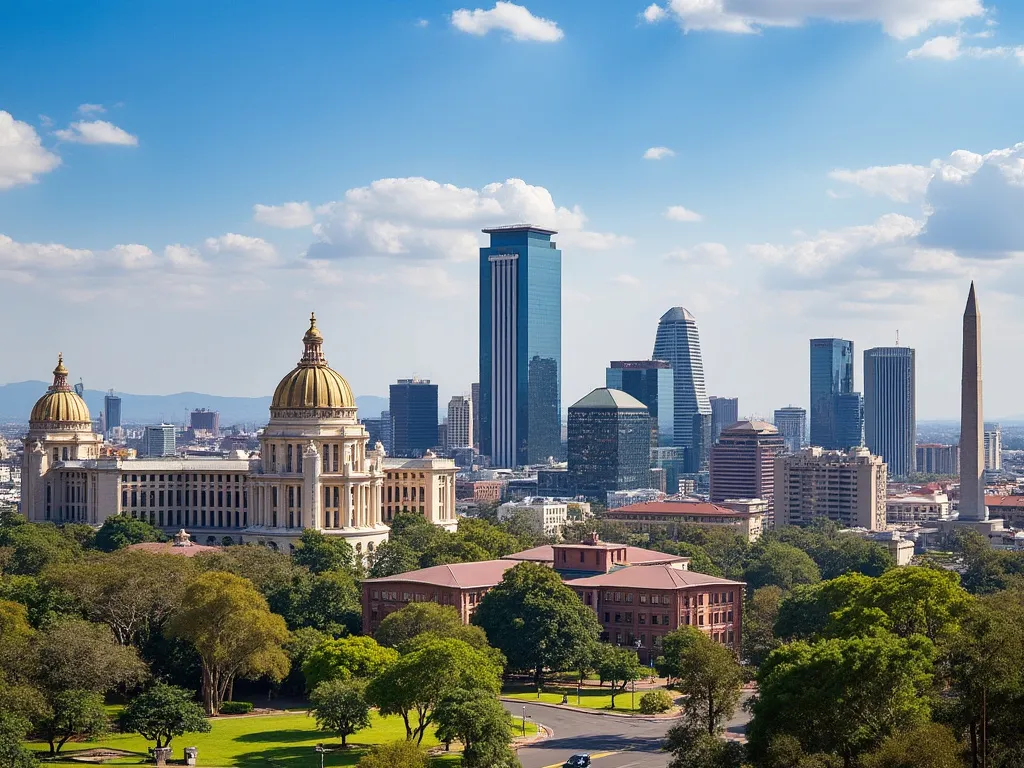
Pretoria is the administrative capital of South Africa, located in the northern part of the Gauteng province. It is one of the three capitals of South Africa, along with Cape Town and Bloemfontein. Pretoria is a city with a rich history, cultural significance, and economic importance.
Pretoria information
| Country | 🇿🇦 South Africa |
| Population | 741,651 (urban area) |
| Coordinates | 25°44′S 28°11′E |
| Area | 1,644 km² (635 sq mi) |
| Climate | Humid subtropical climate (Köppen climate classification: Cwa) |
| Language | Afrikaans, English, isiNdebele, isiXhosa, isiZulu, Sepedi, Sesotho, Setswana, siSwati, Tshivenda, Xitsonga |
| Currency | Rand (ZAR) |
| Time zone | SAST (UTC+2) |
| Proximity to other major cities | Johannesburg (55 km/34 mi), Polokwane (306 km/190 mi), Nelspruit (343 km/213 mi) |
Interesting facts about Pretoria
- Pretoria is home to the largest university in South Africa, the University of Pretoria.
- The city has a unique architectural style, known as the "Pretoria style," which combines elements of Art Deco, Art Nouveau, and Cape Dutch styles.
- Pretoria is known for its beautiful jacaranda trees, which bloom in the spring and turn the city purple.
- The city is home to the largest hospital in the Southern Hemisphere, the Steve Biko Academic Hospital.
Tourist attractions in Pretoria
- The Union Buildings, the seat of the South African government.
- The Pretoria National Botanical Garden, a beautiful garden with a variety of plant species.
- The Voortrekker Monument, a monument commemorating the Voortrekkers who settled in South Africa.
- The Pretoria Zoo, a popular zoo with a variety of animal species.
Historical background of Pretoria
Pretoria was founded in 1855 by Marthinus Wessel Pretorius, a Voortrekker leader, and was named after his father, Andries Pretorius. The city was strategically located near the Apies River and was intended to be a fortified settlement. During the Second Boer War, Pretoria was the capital of the South African Republic, also known as Transvaal. In 1910, Pretoria became the administrative capital of the Union of South Africa.
Geographical location of Pretoria
Pretoria is situated in the Highveld region of South Africa, approximately 55 km (34 mi) north of Johannesburg. The city is nestled in a valley surrounded by the Magaliesberg Mountains to the east and the Apies River to the west. Pretoria has a humid subtropical climate, with warm summers and mild winters.
Cultural significance of Pretoria
Pretoria is known for its rich cultural heritage, with a blend of African, European, and Asian influences. The city is home to several museums, art galleries, and cultural institutions, including the Pretoria Art Museum, the National Museum of Natural History, and the State Theatre. Pretoria is also known for its beautiful gardens and parks, such as the Pretoria National Botanical Garden and the Groenkloof Nature Reserve.
Economic importance of Pretoria
Pretoria is an important economic hub in South Africa, with a diverse range of industries, including manufacturing, finance, and services. The city is home to several major companies, including the South African Reserve Bank, the Development Bank of Southern Africa, and the Council for Scientific and Industrial Research. Pretoria is also a major center for education and research, with several universities and research institutions, including the University of Pretoria and the Tshwane University of Technology.
Conclusion on Pretoria
In conclusion, Pretoria is a city with a rich history, cultural significance, and economic importance. Its unique blend of African, European, and Asian influences makes it a fascinating city to visit or live in. Whether you're interested in history, culture, or nature, Pretoria has something to offer.
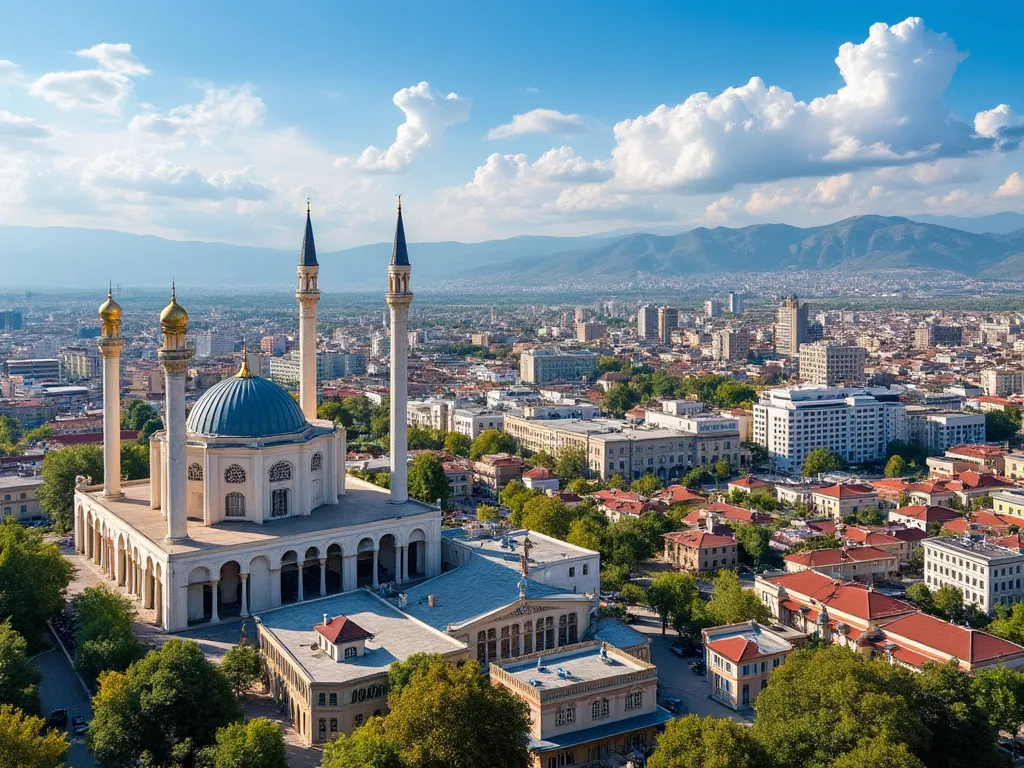 Pristina
Pristina
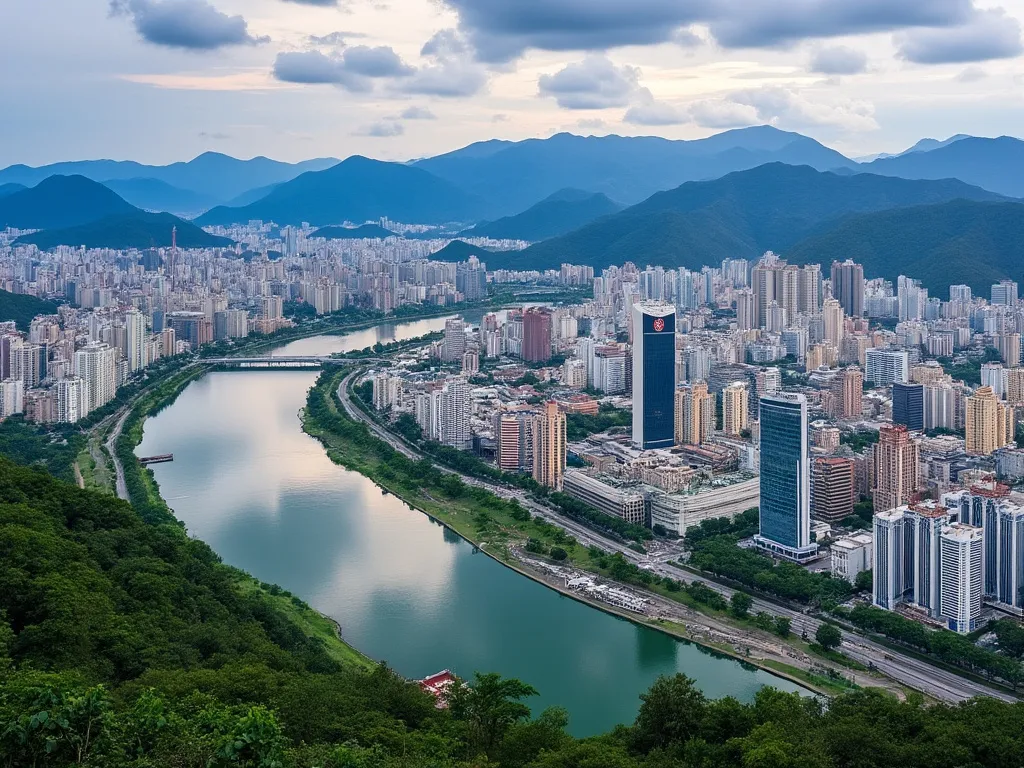 Pyongyang
Pyongyang
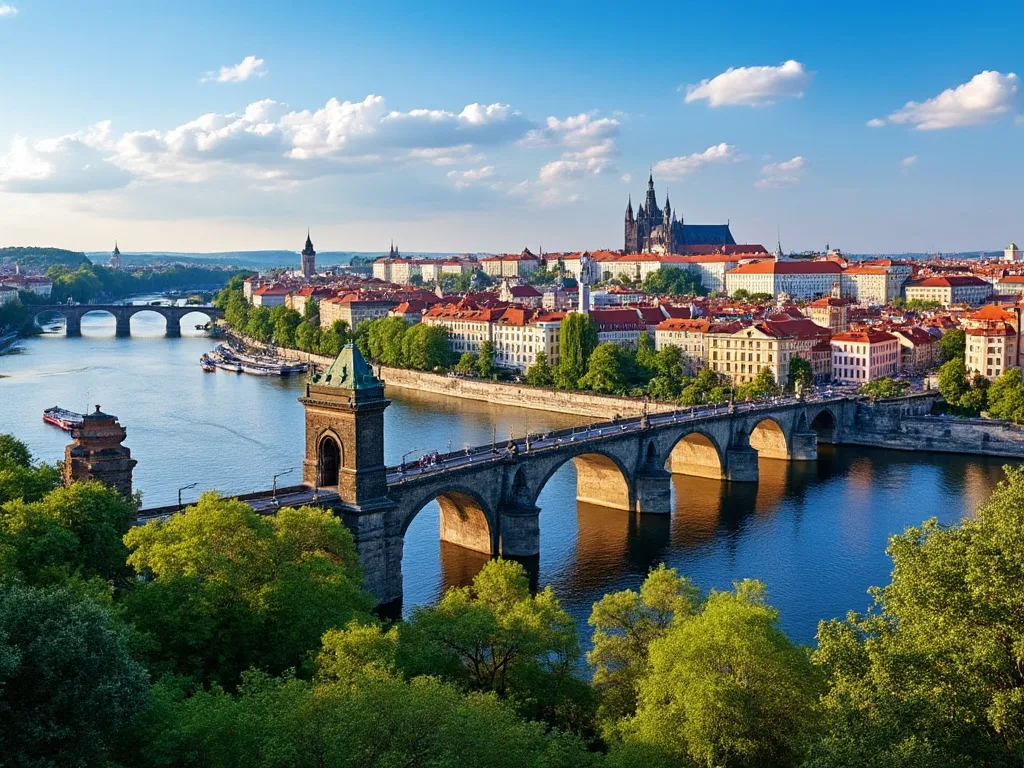 Prague
Prague
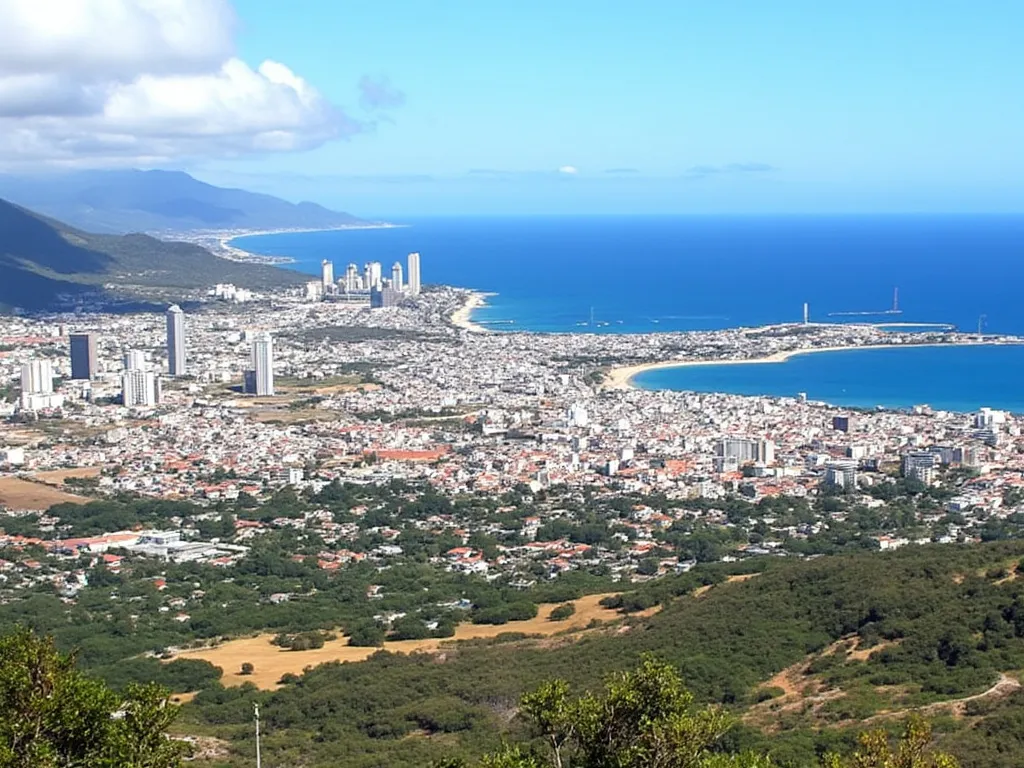 Praia
Praia